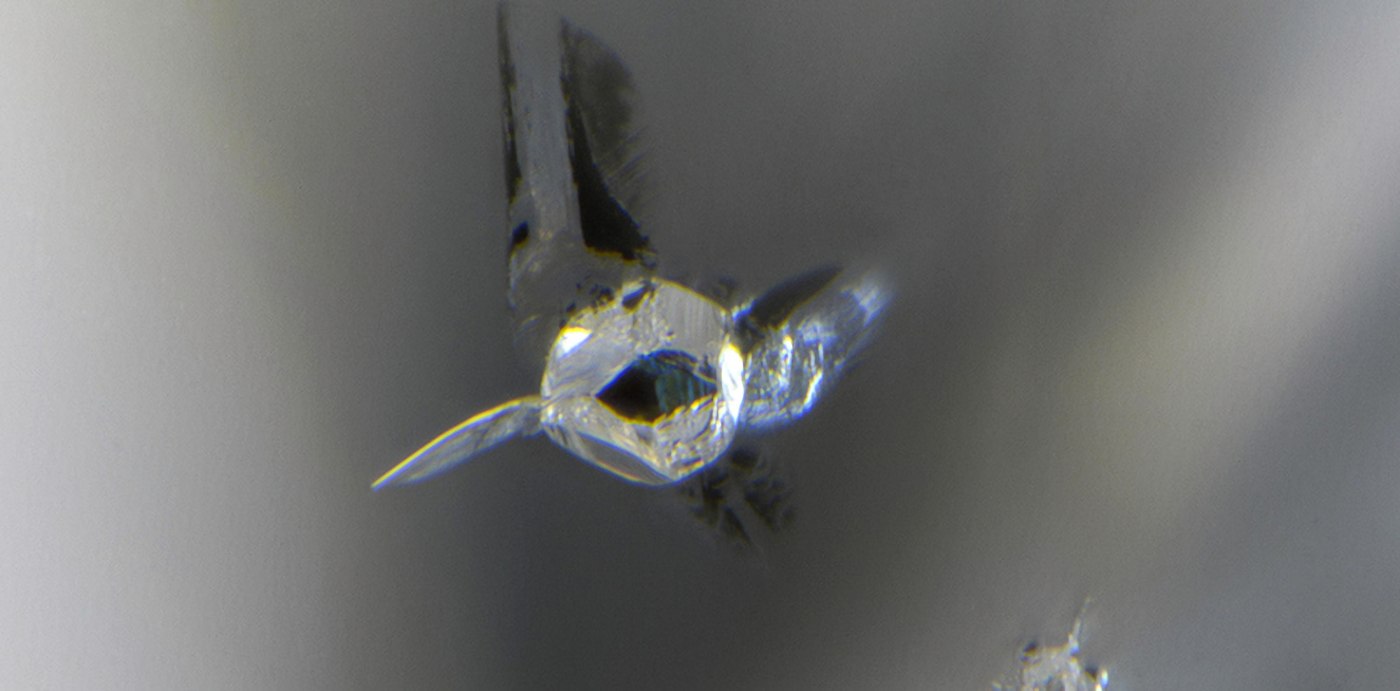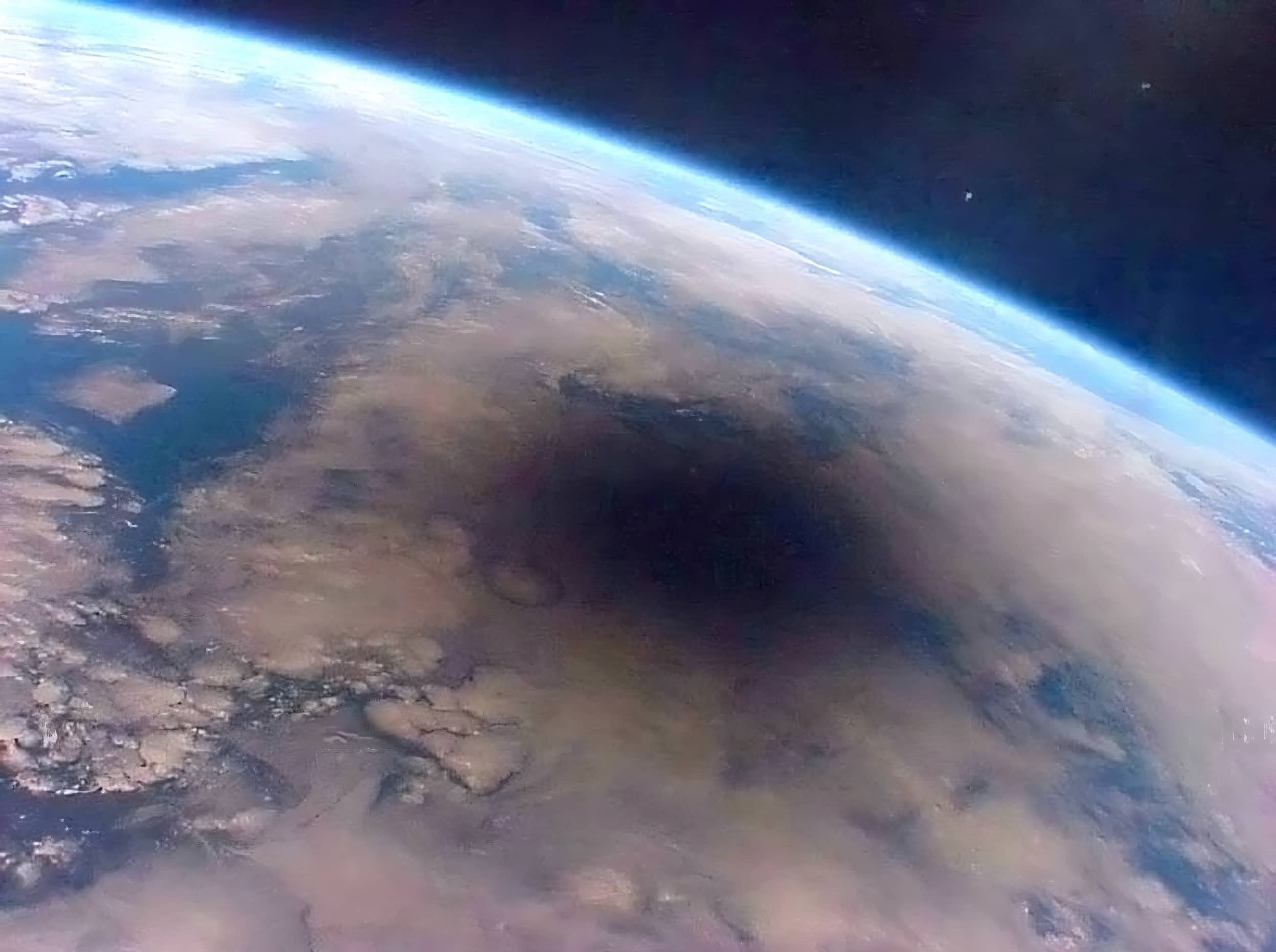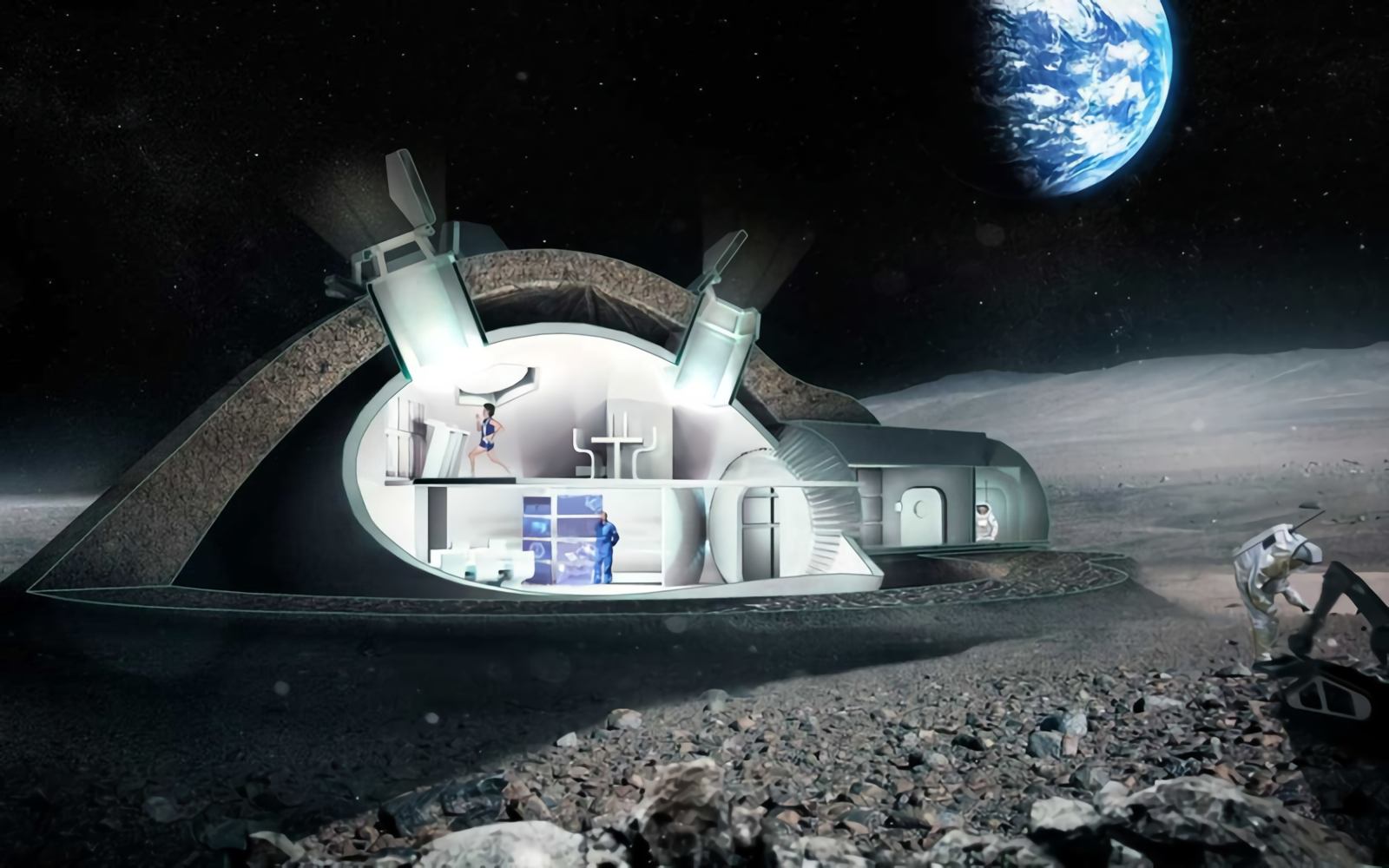Since the beginning of time, humans have been drawn to the Moon in mysterious ways. To what extent, however, do lunar calendars, lunar powers, and the inability to sleep on full Moon nights hold any water in reality? Is it all in your head, or do you believe in the Moon’s mystical powers?
It’s a fashion to keep up with the Moon. Books regarding “the right time,” to perform a certain task when the Moon is at a certain size and position, can be found at any bookstore, in any price range nowadays. Everything about growing plants, from planting seeds in the spring to fertilizing, collecting, and storing them, is said to be lunar-based. Some people only clean, wash, and heat their homes when the Moon is in a favorable position, which is called the lunar calendar of housework.
However, this is difficult to demonstrate scientifically. Currently, only the Moon’s role in the development of tidal cycles can be shown without a shadow of a doubt. The belief in the Moon’s abilities is prevalent, not just among primitive peoples but even among industrialized nations; this is true regardless of whether all those occurrences are a genuine effect of the Moon or merely the obstinate imagination of the individual concerned.
Moon’s wisdom
Dancing in the moonlight
It is a full Moon, and the fire is roaring. There are ladies gathered around the fire. The first one gets up slowly and starts shaking its arms and legs while circling its upper torso and making faces. Everybody gets to their feet and does the same. The shadows flit over the clearing. When that happens, things quiet down. The ladies take a seat and don masks made from a variety of plant materials. The night is filled with sounds that begin as low rumblings and build to howls, screams, and shrieks, only to finish in peals of laughter. In unison, the dancers leap to their feet, clasp shoulders, and circle the flames. They start out slowly and gradually pick up the pace, until collapsing on the floor out of exhaustion under the full Moon.
Such Moon dances are still done regularly, even in the heart of modern-day Europe. However, the ancient faith in the power of the Moon is still alive and well today, as shown by more than just the nightly dances of a group of women or the regularly released films about the totem animal of the full Moon, the werewolf. Even the next-door neighbor who schedules visits to the hair salon to coincide with the Moon’s phases in the hopes of hastening the development of her hair’s growth and natural beauty is likely a member of the group of people who put too much stock in what they see on the Moon.
Lunar calendar determines daily life
As a result, the Moon’s size and placement need to be precise for some activities to go off without a hitch. The Moon not only has to be the right “size,” but it also has to be in the right zodiac sign. When the Moon is in Leo, for instance, it’s not a good idea to undergo heart surgery, and when it’s in Taurus, it’s best to leave the tonsils where they are. Crazy, right?
The tradition of these “magical” Moon effects has been passed down from ancient times and refined through the years. They are hard to prove. Even yet, the Moon’s quantitative abilities have been investigated at length for millennia. There is a lot of solid, in-depth knowledge available.
Moon as the source of life
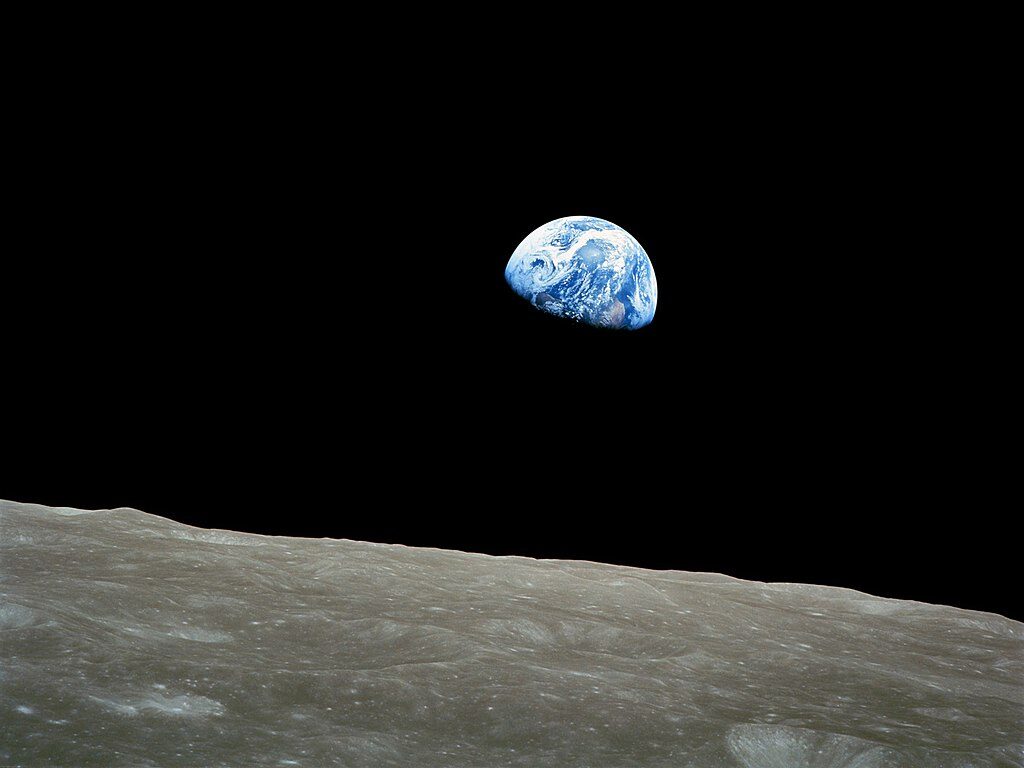
Tides in the primordial soup
Around 4.5 billion years ago, while the solar system was still young, the Moon was created. According to the most widely accepted theory, around twice the mass of the Moon was blasted off when a boulder roughly the size of Mars collided with the young, still-solidifying Earth. The bulk of this substance disappeared, but some of it solidified to form the Moon.
The Earth quickly felt the effects of the new satellite, since the young Moon was considerably closer to the planet than it is now. As a result, the tidal forces operating on our planet became more formidable. And here is where researchers think they may have finally solved the mystery of how life began. About four billion years ago, when the seas on Earth first started to develop, the earliest molecules of life flowed across them. These were hydrocarbons without any bigger structures.
All living things are composed of these elements. To build anything, though, they need to link together into lengthy chains. When one more connection is added, a water molecule is released. When there are numerous organic building blocks dissolved in a little amount of water, as in a drying puddle, this polymerization process may proceed well. Water molecules in the environment prevent new chains from forming and dissolve those that already exist.
The water level

This is what occurred in the early Earth’s vast seas when the majority of the molecules were water and just a small fraction were organic. Only when the wind swept water onto the coastlines, leaving it behind in little pools, or when the tides of the Moon were more regular and far more efficient, could lakes emerge. Approximately every few hours (a day on Earth was only about half as long as it is now), the Earth’s satellite would raise the ocean surface, flooding the coastal districts. The water level in the ocean subsequently dropped.
Small lakes and puddles persisted and dissipated rapidly on the surface, which was frequently still rather hot. The conditions have improved enough for organic molecule polymerization. Many of the chains disintegrated once again when they were tossed and mingled by the subsequent water. Around 3.5 billion years ago, or around half a billion years after the birth of the Moon, these long-chain organic compounds had already formed the earliest living beings: Deoxyribonucleic acid (DNA), the bearer of the hereditary material, was surrounded by a protective shell and started replicating in the first cell.
The Moon’s tides may have played an important role even before the appearance of life on Earth. Because all of Earth’s ecological niches are now being used, no new forms of life are being created at this time. The Moon’s influence on the oceans of Earth remains unchanged, though.
The Moon and the tides
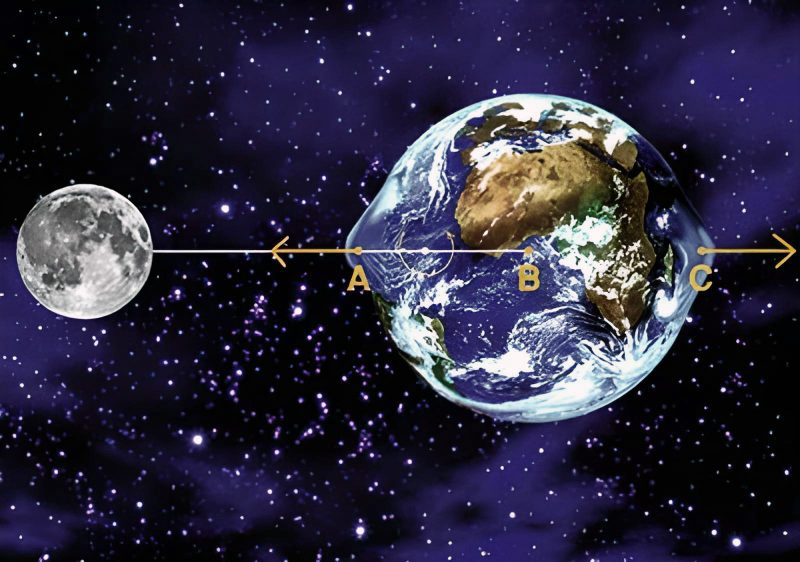
Seas rising and falling
The Moon rises every 24.8 hours. Why are there two tides instead of only one? Because of the constant motion of the Earth and Moon, this phenomenon occurs. While it may seem that the Moon revolves around Earth, the two planets really share a common rotational center located around 4700 kilometers distant from the Moon-facing side of Earth.
As a result, a certain location on Earth’s surface “wobbles” about this point (Barycenter) and does not rotate precisely in relation to the Earth’s center. Since centrifugal forces occur in a dynamic fashion, this point is continually being pulled closer to and farther from the rotation’s center. As a result of this energy, a mountain floods on the side of the peak opposite the Moon. The side of the flooded mountain that faces the Moon is where the second mountain is formed.
Earth’s satellite exerts a gravitational pull on Earth because of its mass, which is around one-eightieth that of Earth. Tides along the shore may reach heights of 15 meters due to the combined effects of centrifugal force and the Moon’s gravitational pull on the more malleable water, and they can even affect the more immovable land mass. On land, however, the height difference between “low tide” and “high tide” is just around 40 cm.
Interplay of forces of gravity
The tides are at various magnitudes during the full Moon and new Moon. The Sun’s gravity also exerts a pull on Earth, in addition to that of the Moon. On the other hand, it contributes just around 20% of the overall power. The Sun and Moon are in opposition during a full Moon, and this causes a mutual weakening of the two powers. Now is the time of year when the spring tide is at its highest near the shore when the Sun and Moon are on the same “side” of the planet and their combined gravitational pull is greatest.
A person weighing about 65 kilograms is “lightened” by the Moon by an average of one-fifth of a milligram – that’s not very much. The Moon’s gravitational pull, or centrifugal force, affects not only the Earth’s surface and the sea but also living creatures, which are “attracted” more strongly when the tide is high. The gravitational attraction of the Moon during a full Moon is not much different from that of the Moon during a new Moon, and vice versa. Whether or not a person’s body and mental life are profoundly affected by such little fluctuations in weight is debatable.
Why does the moonlight appear so pale?
On the other hand, the light that palely lights the Earth at the time of the full Moon is easily visible. In the light of our satellite, the countryside right now has a silvery sheen. It’s all too bizarre and unbelievable to believe. It’s because even in the clearest moonlight night, it’s impossible to make out any colors, in contrast to the daytime. The human visual system is responsible for this quirk.
Photoreceptors may be found in the retina of the eye, but not all are equally sensitive to light and color. Though the roughly 125 million rods in the eye are very sensitive to light, they cannot “see” colors. Seven million color-sensitive cones exist, but they are ineffective in dim light. Even on a night with a full Moon, they no longer function. It seems bright to humans because the rods’ great sensitivity to light makes up for the cones’ lack of sensitivity.
This is why a familiar house’s hue or the green of a moonlight field may often seem instantly recognizable. The reason is, we have formed habitual neural associations between colors and things. Therefore, trees seem green even in the moonlight or after sunset. From a physiological standpoint, this is just not conceivable; even in dim light, human eyes can only discern between various shades of gray.
However, compared to a night with a new Moon, a full Moon is much brighter, to the point that scientists have begun to refer to the Moon’s lighted side as light pollution. No observing should be done on a night with a full Moon. Of course, this may significantly depress the spirits of many amateur astronomers, but it hardly seems likely to account for the emotional fluctuations of those who do not actively commit themselves to exploring the depths of the universe.
Does the Moon affect human circadian rhythms?
It’s possible, however, that the full Moon is to blame for an increase in sleeplessness: those who can only fall asleep in total darkness may be jarred awake by the glow of the Moon. On the other hand, they shouldn’t only have a horrible day on the full Moon itself; they should also have trouble sleeping for at least a few days before and after the full Moon. But some substantial curtains ought certainly to do the trick for these folks.
In the city, where it is never really dark owing to street lights, sleepless nights with a full Moon are just as common as they are in the countryside. Psychologists have a theory ready to go: you may train yourself to be sleepy at specific times of the day. People who have trouble sleeping on a regular basis and who may have noticed for a few nights in a row that their sleepless night occurs during a full Moon may come to accept that they just cannot sleep during a full Moon. Even if it’s only out of worry that they won’t be able to sleep since the Moon is full.
Insomnia during a full Moon may have a wide variety of causes, most of which are difficult to pin down and may even vary from person to person. Maybe modern science isn’t advanced enough, either, to take into account every possible factor. However, there are organisms whose recent behavioral changes may be directly linked to the Moon using current technology.
Animals timing the Moon

Lunar creatures in the South Sea
In nature, cycles and rhythms play a crucial role in determining the course of most plant and animal lives. The Sun provides several useful chronometers. However, the Moon is virtually entirely responsible for the ocean tides. So, it serves as a major timepiece for marine life at the surface, notably in the tidal zone.
Research into the “lunar adaptability” of various animal populations has previously shown that certain species of the intertidal zone have adapted to the ebb and flow of the Moon’s phases in order to plan their daily activities without risk. The fiddler crab, for instance, emerges from its burrow during low tide in order to hunt for food. Just as high tide is about to hit, it heads back to its safe haven burrow. This pattern keeps the animal safe from the potentially lethal consequences of being caught off guard by the tide and swept out to sea.
Full moon affects reproduction
Many marine animals, especially those that prefer deeper waters, time their births in relation to the Moon. If you’re a marine organism, it’s probably simplest to just release your sperm and eggs into the ocean and hope that some suitable mate comes along. There isn’t much complexity to this approach, but it’s not safe enough to use without synchronization. The South Seas coral reefs are home to the Palolo worm. Every year on the seventh night after the first full Moon following the beginning of fall, hundreds of worms release their rear ends laden with eggs or sperm, known as “palolos.” When their shells rupture at the sea surface, the eggs and sperm mingle.
The cycle of the palolo worm was known very early on, because the local fishermen consider palolos a delicacy, according to Vienna scientist Ewald Gingl. “But fish are also attracted to this overwhelming supply of food. If the cycle of the palolo worm were not precisely defined, all the palolos would be eaten one after the other. Even the predators are overwhelmed by this sudden oversupply.”
Link between women’s menstrual cycles and lunar cycles
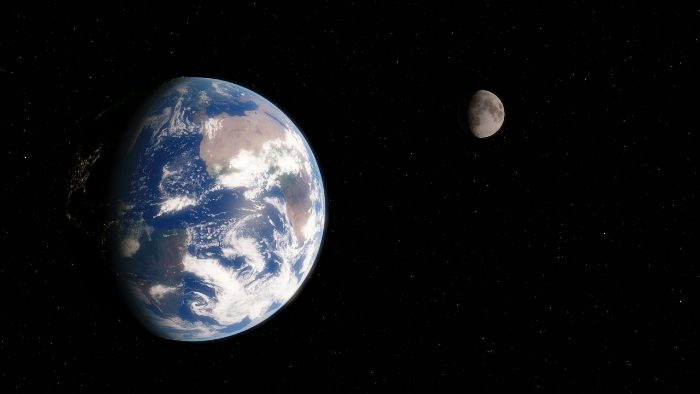
Contrary to the Moon, human cycles cannot be so simply correlated. Even women’s menstrual cycles, which are sometimes cited as proof of women’s “lunar nature,” have only a tenuous relationship to the satellite. This cycle, lasting on average roughly 28 days, does not even closely match the interval between two new moons, which is 29.53 days. In addition, the average length of a woman’s menstrual cycle is between 24 and 35 days, making it too variable to demonstrate a true correlation with the Moon.
And while women’s cycles in the United States and Japan are separated by two days, the Moon is the same in both countries. But women who live in rural or remote tribal groups where they can still see the Moon’s phases “up close” should have no trouble at all adjusting their menstrual cycles to coincide with those of the Moon. Edward Dewan, a Bostonian at the time, conducted tests on women with menstrual cycle problems in the 1960s. He forced them to sleep with indirect light during the cyclical phase, and their cycles stabilized.
Diane Boivin revealed in 1996 research published in Nature that light may affect a person’s hormonal balance. The human endocrine system is sensitive enough to be affected by light as dim as the full Moon’s (approximately 0.2 lux).
Perception is key to everything
Moonstruck or just sensitive to the weather
Chronobiology is the branch of biology that investigates how biological rhythms influence living things. The Moon’s use as a timepiece has been severely diminished by the proliferation of alternative sources of illumination in today’s society. When you start looking at data and reviews relating to the Moon and people, you’ll notice something else right away: they don’t match up. There is at least one counterargument statistically, and often more.
Moon’s impact on drinking patterns
Forensic doctors Hans Joachim Mittmeyer and Norbert Filipp showed in the past that people were more likely to drink alcohol just before the full and new moons. However, earlier American research suggests that drinking decreases by 26% during the full Moon compared to the new Moon. Complete distinction in results.
At the end of the 1980s, Ivan W. Kelly of the Department of Educational Psychology and Special Education conducted a thorough meta-analysis, a synthesis of data from several studies, to investigate statistics characterizing the impact of the Moon on humans. As a result, the full Moon has been shown to have no connection to such odd occurrences.
More children, and more accidents
Midwives, EMTs, and telephone counseling service workers all swear by the Moon’s effects, claiming that more births, accidents, and suicide attempts are reported around the full and new Moon. Their own company’s data may contradict their beliefs, but it doesn’t stop them from holding onto them.
Similarly to the treatment of sleep problems, altering one’s individual reaction to “disasters” is an acquired skill. This is especially true if a catastrophic event occurs during a full Moon. If it were to occur on another day, though, it would be written off as mere coincidence and forgotten. This effect is intensified when the social environment – the other midwives, paramedics and pastors – share the same view and do not skimp on narratives of “accidents”.
When severe weather strikes
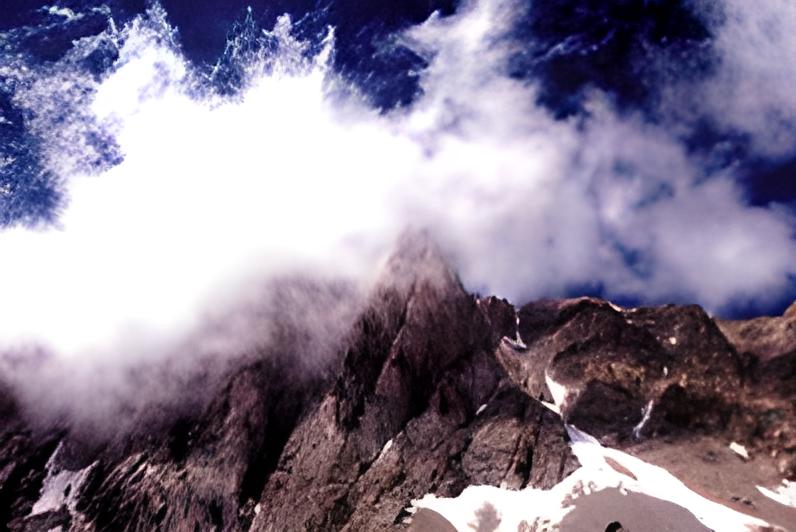
When the “power of the Moon” combines with other elements, the picture gets very murky. The progression of the weather is thus seen to be directly related to the Moon, at least if one disregards the studies that indicate otherwise, since there are, of course, also such. According to studies, heavy rain tends to occur just after the Moon’s full and new phases. Around the time of the half Moon, precipitation drops noticeably. As the Moon goes through its phases, so do people’s emotions and sensibilities; possibly, with this information, a connection can be made between the two.
The weather-sensitivity phenomenon is well-known and even acknowledged by the scientific community. Particularly concerning for circulation problems and mental well-being disruptions are the substantial air pressure variations that accompany a weather change. Therefore, if the Moon affects the weather, it may likewise affect human health. Lovely, but arduous to prove. Just like the other phenomena related to the “mysterious effects” of the Moon.



